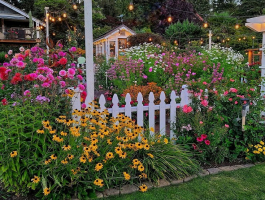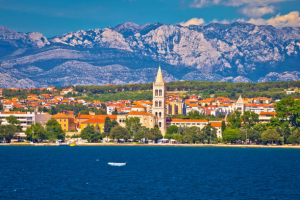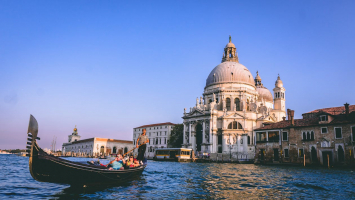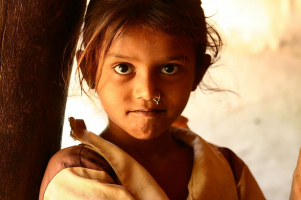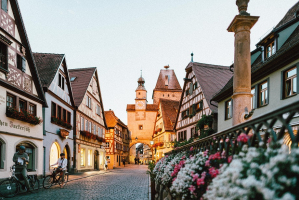Top 6 Reasons Why Leh Ladakh Should Be In Your List
In the far north of India, in the state of Jammu & Kashmir, is the region of Leh Ladakh. Due to the numerous mountain crossings that connect it to Tibet, it is ... read more...frequently referred to as "the region of high passes." One of the most well-liked tourist destinations in India is Leh Ladakh, and for good reason which is it is an incredibly magnificent region with breathtaking landscape. And here are some more reasons why Leh Ladakh should be in your list.
-
Breathtaking scenery is definitely one of the reasons why Leh Ladakh should be in your list. Leh Ladakh is one of the most breathtaking locations on earth, drawing many visitors from all over the world each year. They are located in the picturesque state of Jammu and Kashmir, tucked between the Great Himalayas and the Karakoram ranges. Leh Ladakh, symbols of pristine paradisiacal beauty, are full of breathtaking scenery, attractive green oasis, sparkling monasteries, and charming hamlets. As soon as you land in this amazing alpine village, you are struck by its spectacular beauty. Admire the mountain flowers, the snow-capped peaks, the flowing streams, and the deep valleys as you become mesmerized by the breathtakingly clear blue sky.
Ladakh is a naturalist's haven with its pristine lakes and snow-capped mountains. In Ladakh, nature can surprise you in a variety of ways. The highest saltwater lake in the world is Pangong Lake, which is located at roughly 4,350 meters above sea level. The barren mountains that surround it stand in dramatic contrast to the water, which appears to be colored blue. Additionally, Lamayuru is accessible from Leh if you arrive by air or Srinagar if you travel by road via the Leh-Srinagar Highway. Sankoo, which is located 40 kilometers from Kargil, is the starting point for two leisurely treks: a three-day excursion to Drass via Umballa, which takes place over three days, and a four-day trip to Shargole via Rusilla and Sapi. Your spirit will be delighted by such spectacular natural beauty, making the journey worthwhile.
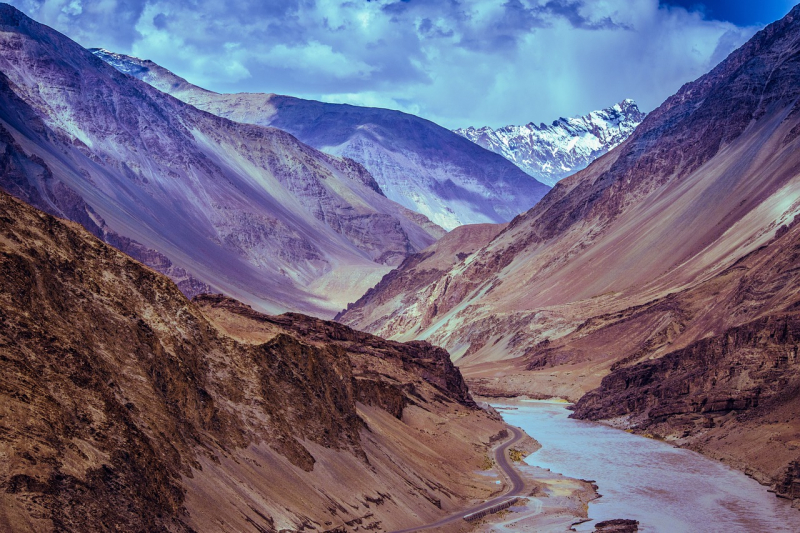
Photo by Suket Dedhia on Pixabay 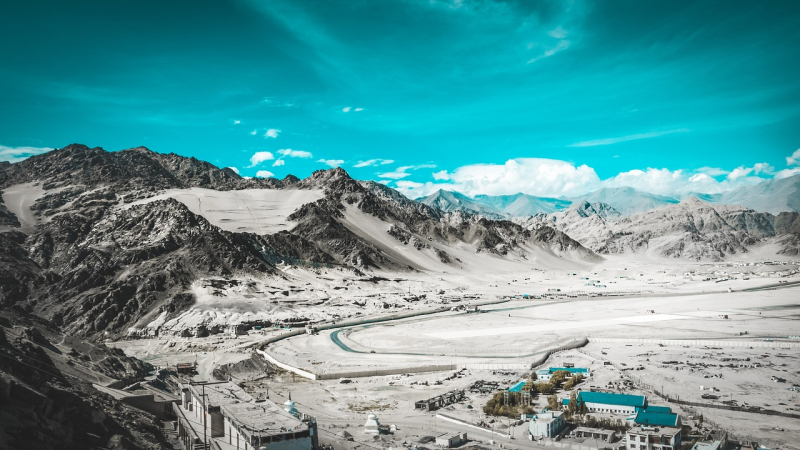
Photo by Divya Agrawal on Pixabay -
The weather in Ladakh is perfect for a leisurely trip. It is the perfect site to hike, ride, and explore the area's natural beauties because the altitude keeps the temperature temperate. It features a dry environment that is perfect for trekking and relatively little annual precipitation. The best time to visit Ladakh is from June through September, when much of the nation is under water. The temperature peaks at about 25 degrees during the day. At great altitudes, the nighttime temperature can fall to -30 degrees. As a result, there's a far lower chance of feeling fatigued. Ladakh is the perfect location for hikers and environment lovers because of its unusual landscape.
The best time to book a Leh-Ladakh tour is between the summer months of June to September, when temperatures range from 20 to 30 °C, the region has clear, picturesque views, and the weather is bright and sunny. The temperatures do, however, drastically decrease at night. If you want to get anywhere by car in the summer, you can either take the Manali-Leh route or the Srinagar-Leh route. You'll pass through some beautiful landscapes and ranges on your journey. The Zanskar River, the Tso-Moriri Lake, the Karakoram hills, and the majestic Himalayas may all be seen from a window seat if you're flying from Chandigarh, Delhi, Jammu, or Srinagar.
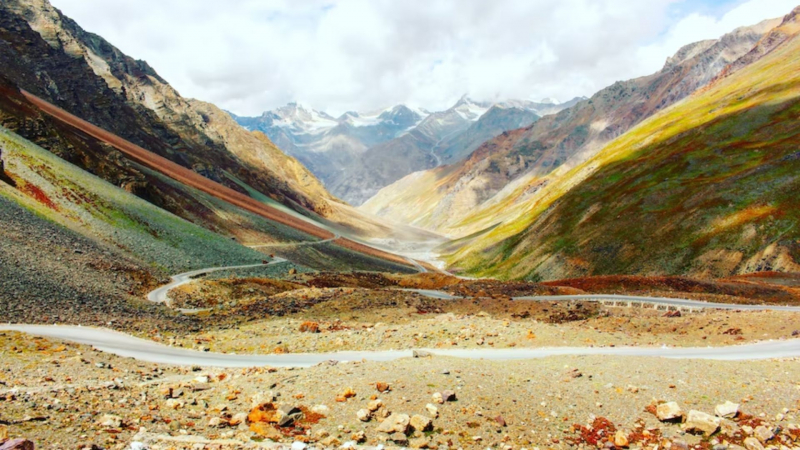
Photo by Steven Lasry on Unsplash 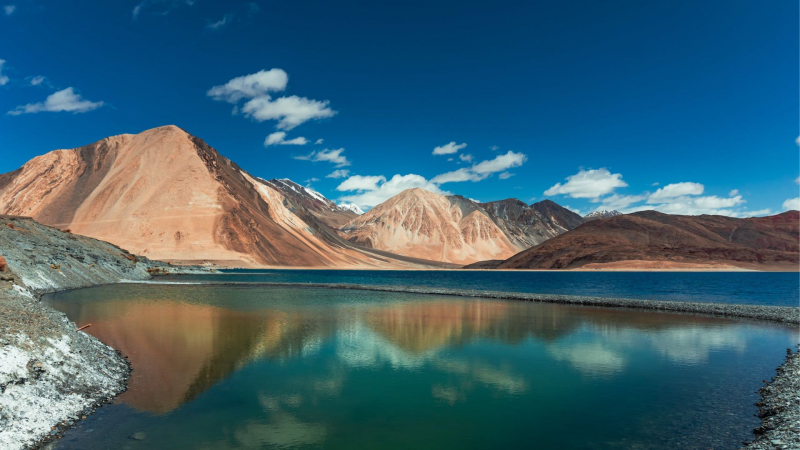
Photo by Anjali Vishwakarma on Pexels -
Another reason why Leh Ladakh should be in your list is that there are lots of things to do in here. Ladakh has something to offer everyone, from hiking in the Himalayas to touring historic monasteries. Ladakh's tranquility and beauty can only be appreciated with the eyes. Pictures and motion pictures do not do Ladakh's magnificent splendor justice. It is even more distinctive because it serves a variety of audiences. Ladakh is perfect for everyone, from giving spirituality to those seeking peace to satiating the desire of motorbike fanatics.
Observing the Llamas perform the vibrant Chhams is one of the nicest things to do when visiting Ladakh. If you haven't witnessed the dance drama including colorful costumes and intimidating masks, you haven't experienced the passion and true magnetism of Ladakh. If you want to be dazzled by colorful dances, go to the Hemis Festival in Ladakh Festival. Nothing is more breathtaking than seeing a Snow Leopard, which is only seen in a few locations worldwide. Discover the stunning animal on a snow leopard walk in the Hemis National Park, one of the most visited places in Ladakh. The park is home to more than 200 snow leopards, which are only visible during the winter. Another thing to do in Ladakh is take a ride on a double-humped Bactrian camel at the Hunder sand dunes, where the Shyok and Nubra Rivers run through breathtakingly magnificent countryside. This was an important part of the caravans that traveled the ancient trade route. One of the remarkable features of Ladakh is the Maggi point at the highest café in the world. You won't truly understand how good this 2-minute meal is until you eat a bite while admiring the Himalayan mountains from Khardung La Pass, one of the highest motorable routes in the world. Even if you've had this noodle anywhere else, you won't have fully understood how good it is.
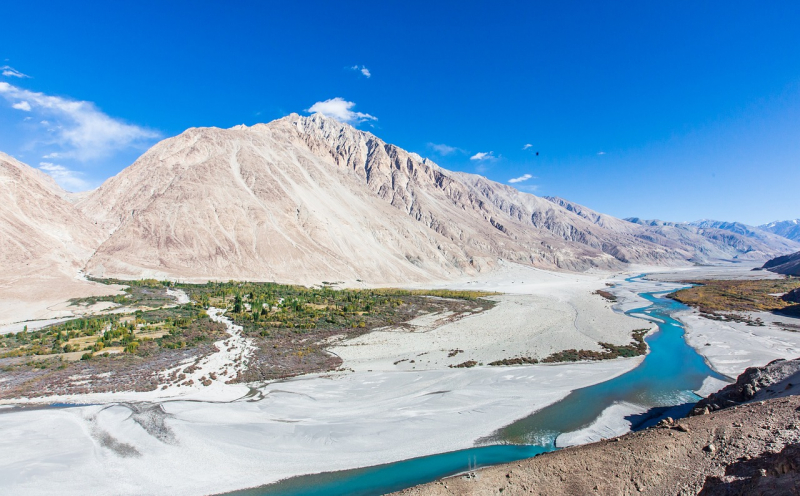
Photo by Swamy JV on Pixabay 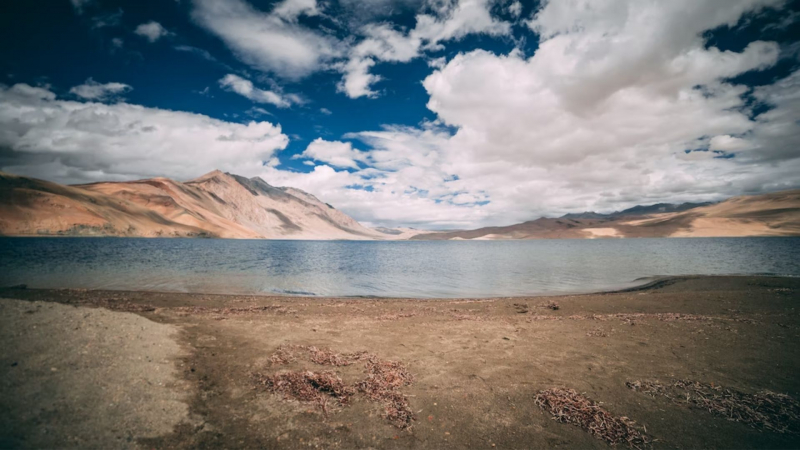
Photo by Ashwini Chaudhary(Monty) on Unsplash -
The opportunity to view some of the most incredible Buddhist monasteries is one of the main goals of our Leh-Ladakh tour. These Buddhist centers are like spiritual havens where you can find inner tranquility. Visit the magnificent Buddhist monasteries and spend the night there in addition to the well-known Ladakh attractions. You can take part in the stirring and healing early morning prayers by staying the night at the Hemis monastery. The vast collection of museums, monasteries, palaces, festivals, mouthwatering cuisine, distinctive handicrafts, language, and cordial residents make this location famous. For events like Half-Life, Step Gold, Quickly Her Sacred River, Service Provider, Soul Help, and Water Dance, many tourists travel to Ladakh. Ladakh is a fascinating area to explore with its Tibetan and Indian influences.
It is also not surprising to see monasteries in all of Ladakh's villages and towns. Monasteries, also known as gompas, which in Ladakhi means "solitary places," are the epitome of Buddhism's splendor in the area, particularly in the Leh province. Monasteries are sometimes constructed on a hillside that overlooks a town or a village. Monasteries are frequently mistaken for forts due to their massive walls, imposing buildings, and the remote location on which they are built. If it weren't for the stupas (chorten in Ladakhi), mani walls, and long walls with prayers carved on the stones, as well as the multicolored prayer flags fluttering on top of the buildings. In Ladakh, some gompas from the 11th century still remain tall and give strong hints to its former splendor.
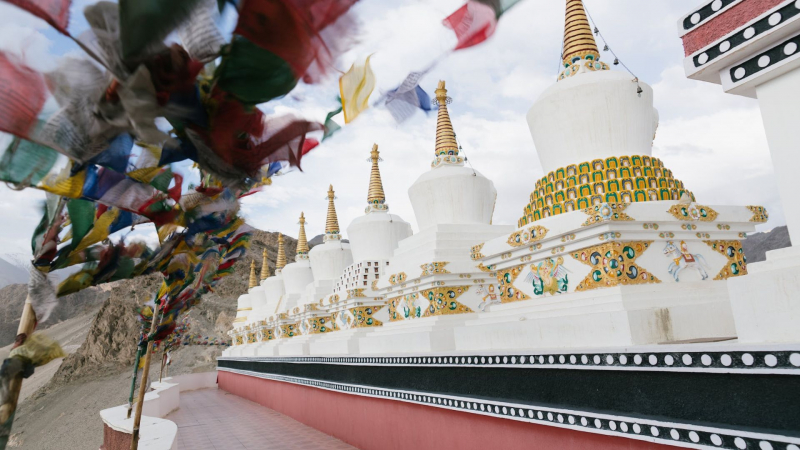
Photo by ArtHouse Studio on Pexels 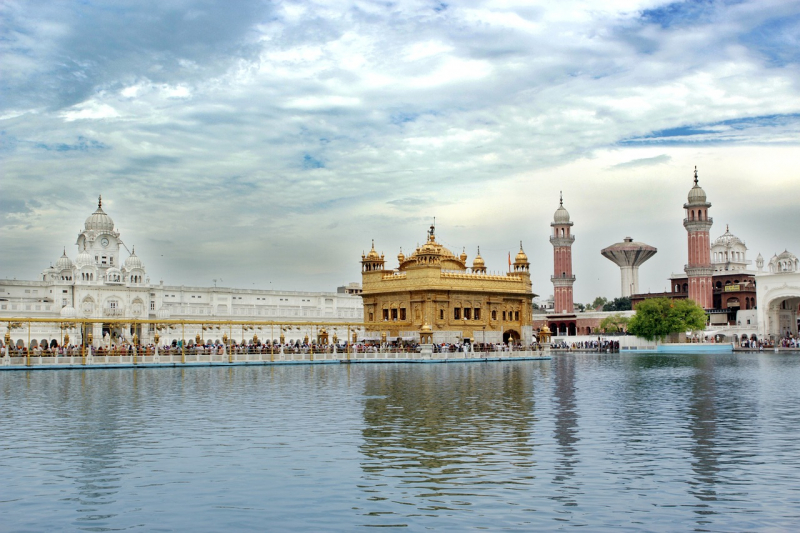
Photo by sudheir kumar on Pixabay -
Friendly local people would be the next reason why Leh Ladakh should be in your list. Ladakh residents are extremely polite and mildly spoken. They are real and honest people that traditionally live a nomadic, rural lifestyle. 90% of Ladakh residents work in agriculture, relying on the Indus River as their main source of income.
Ladakh has extremely brief but bustling summers when the majority of the population makes their living from tourism. They are very active throughout the summer months collecting money off of tourists (not from travelers). No one has the time for casual talks. During the winter, they seek conversation partners. No matter where in Ladakh you go, you will be greeted with a smile and soft voice. Kids are constantly looking for playmates since they have school breaks. Additionally, you have the opportunity to meet a wide range of fascinating and like-minded travelers (not tourists) from around the world who inspire you in more ways than you can think.
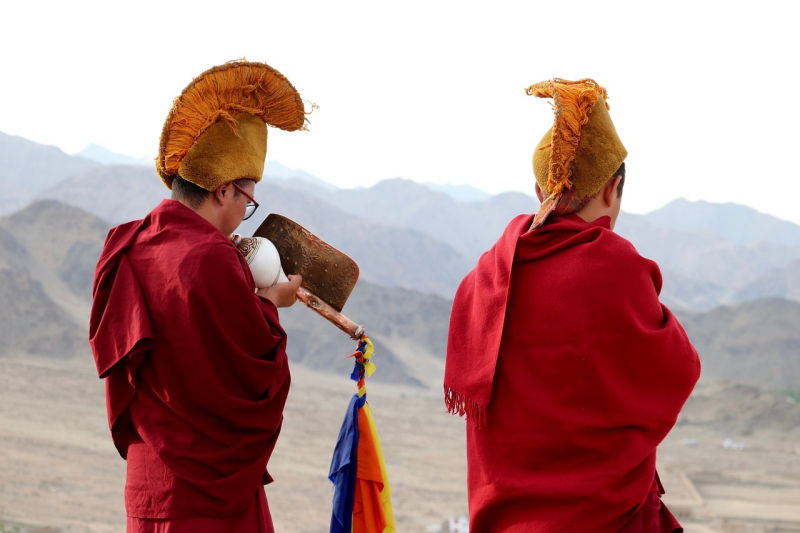
Photo by leenagidwani on Pixabay 
Photo by Yash Parashar on Unsplash -
The last one in the list of reasons why Leh Ladakh should be in your list is its famous trekking trails. Visitors can have some beautiful and thrilling trekking adventures in Ladakh. For those looking for adventure among the peaks and slopes of the Himalaya, this area is a paradise. In Ladakh, there are numerous trekking alternatives with varying degrees of difficulty and time. While some treks take two weeks to complete, others can be finished in as little as three days. Any of these hikes, though, will provide you with priceless experiences. Beginners and families with young children can choose an easy trip, but those seeking a more difficult experience might choose a longer journey that crosses several passes above 5000 meters and even attempt the summit of a 6000-meter peak.
Here are some suggestions for you. The most well-known trek in Ladakh is the Markha Valley Trek in the Hemis National Park. The snow-covered Stok Kangri mountain to the north and the Zanskar range to the south are separated by the Markha valley, which runs parallel to the Indus river. You will encounter stunning mountain landscapes, exotic animals, and tiny, secluded settlements surrounded by lush barley fields while on this walk. You will have the chance to stay in homestays in these areas and learn about the locals' way of life. The Rumtse to Tsomoriri hike is for you if you enjoy viewing breathtaking scenery. One of Ladakh's most breathtaking and untamed hikes is this one. This seven-day walk takes you across Changthang's high-altitude plateau (Rupshu). The region has unique topography, and when you traverse 6 passes above 5000 meters, you will encounter mountains with various textures and colors. Ladakh is a freezing desert, but it also boasts several stunning lakes that may be enjoyed by tourists. You will get the chance to see the lovely Tso Kar and Tso Moriri lakes while on your walk.
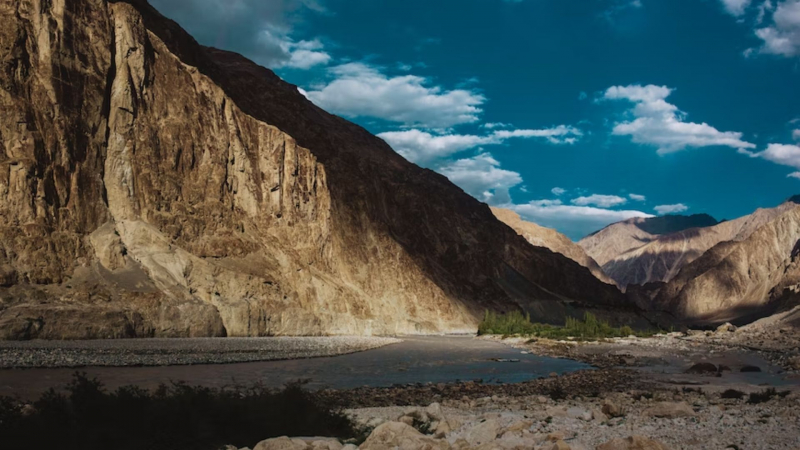
Photo by Rish Agarwal on Unsplash 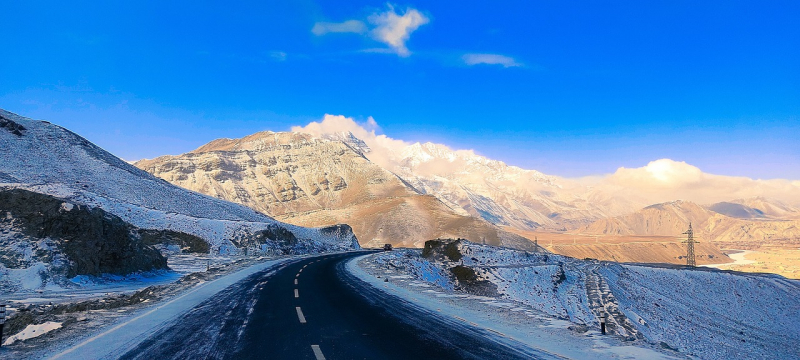
Photo by Vatsal Bhatt on Pixabay








